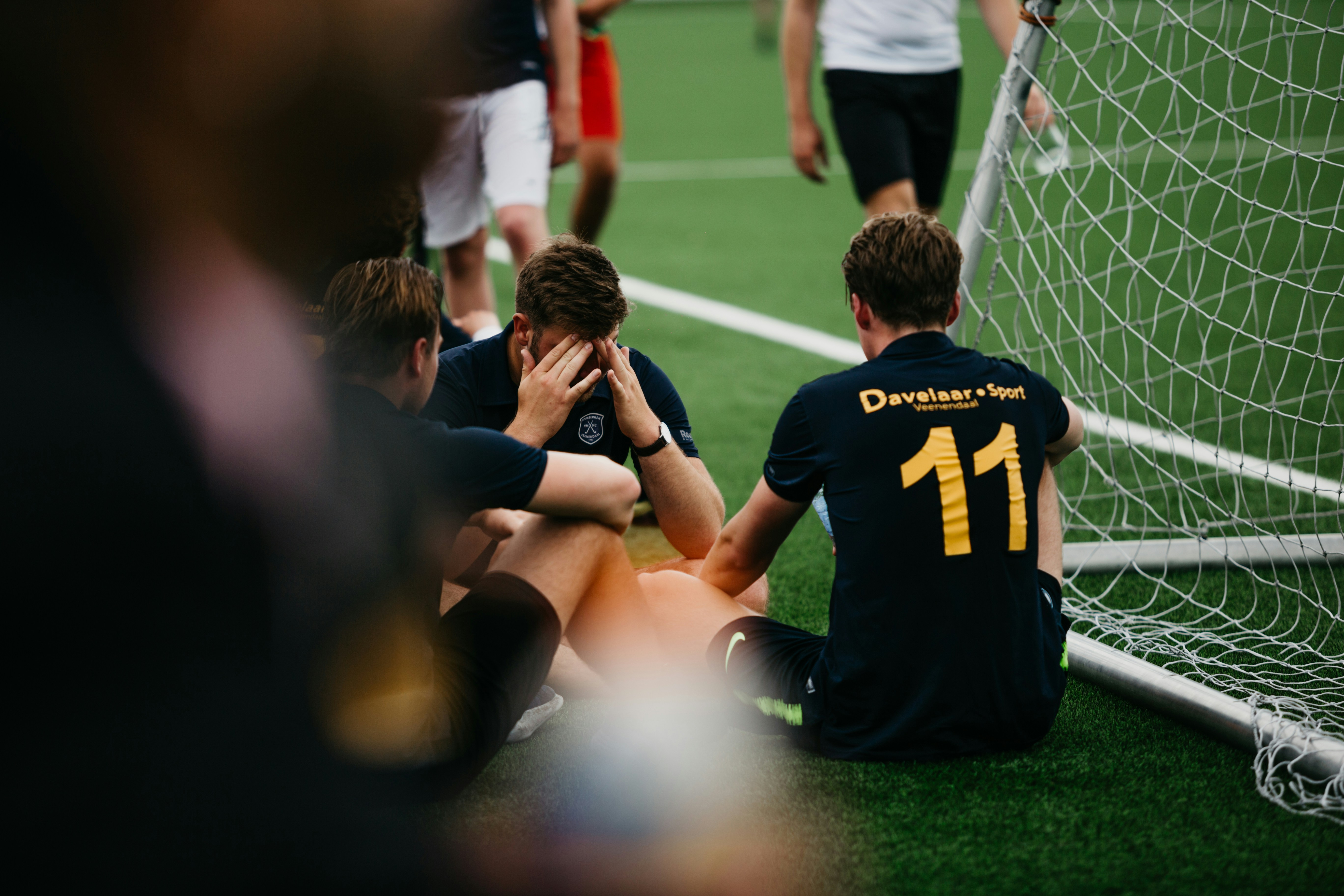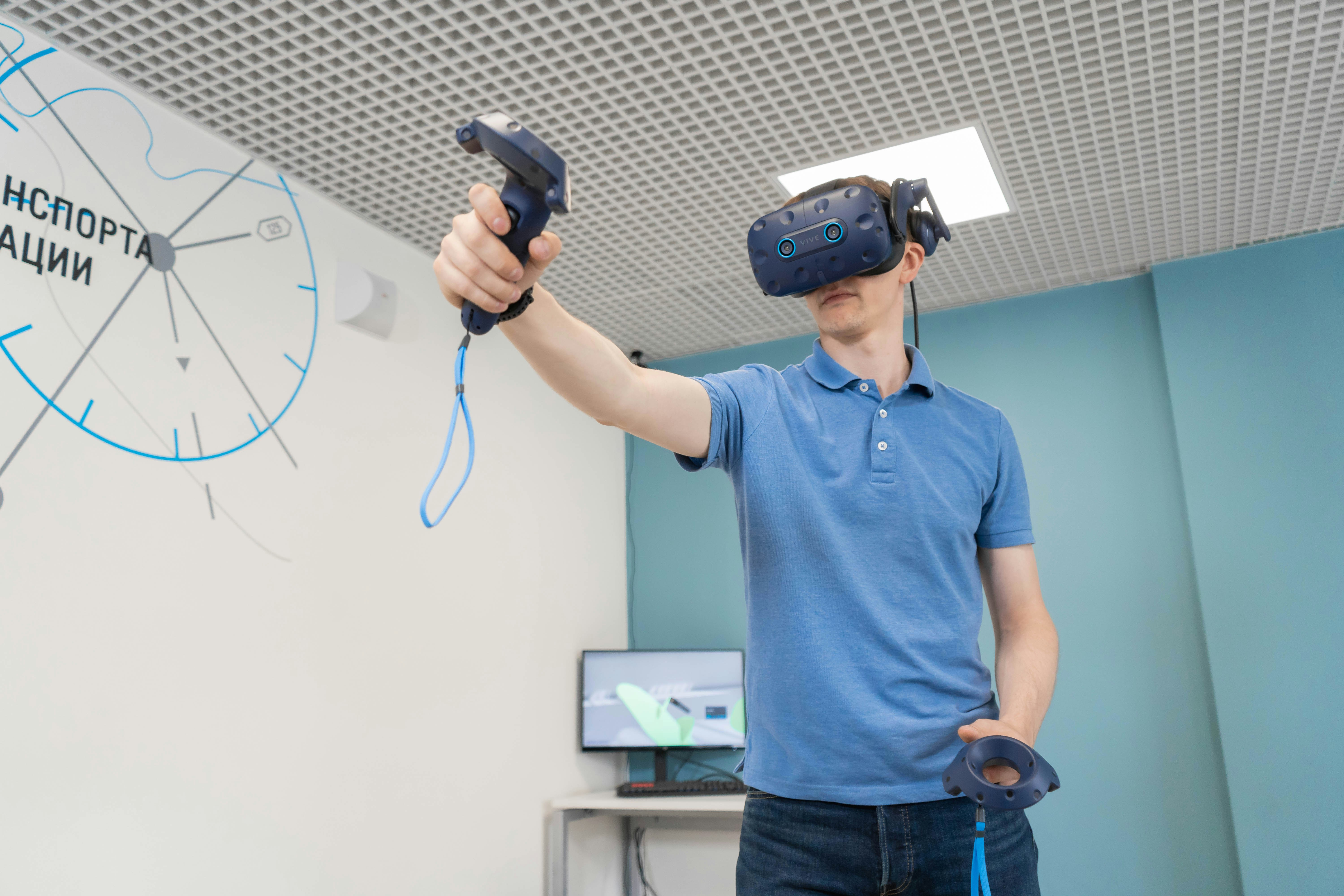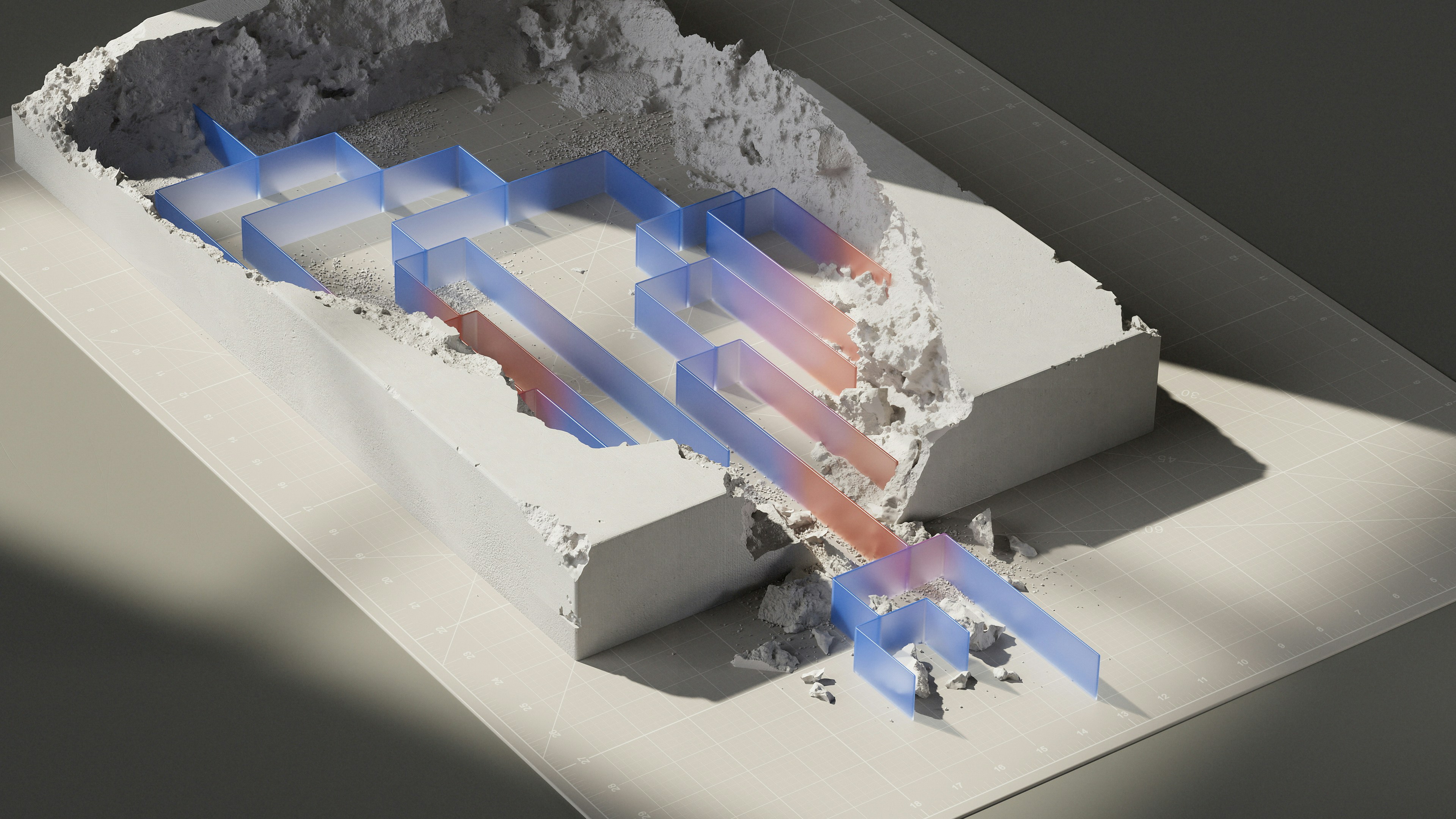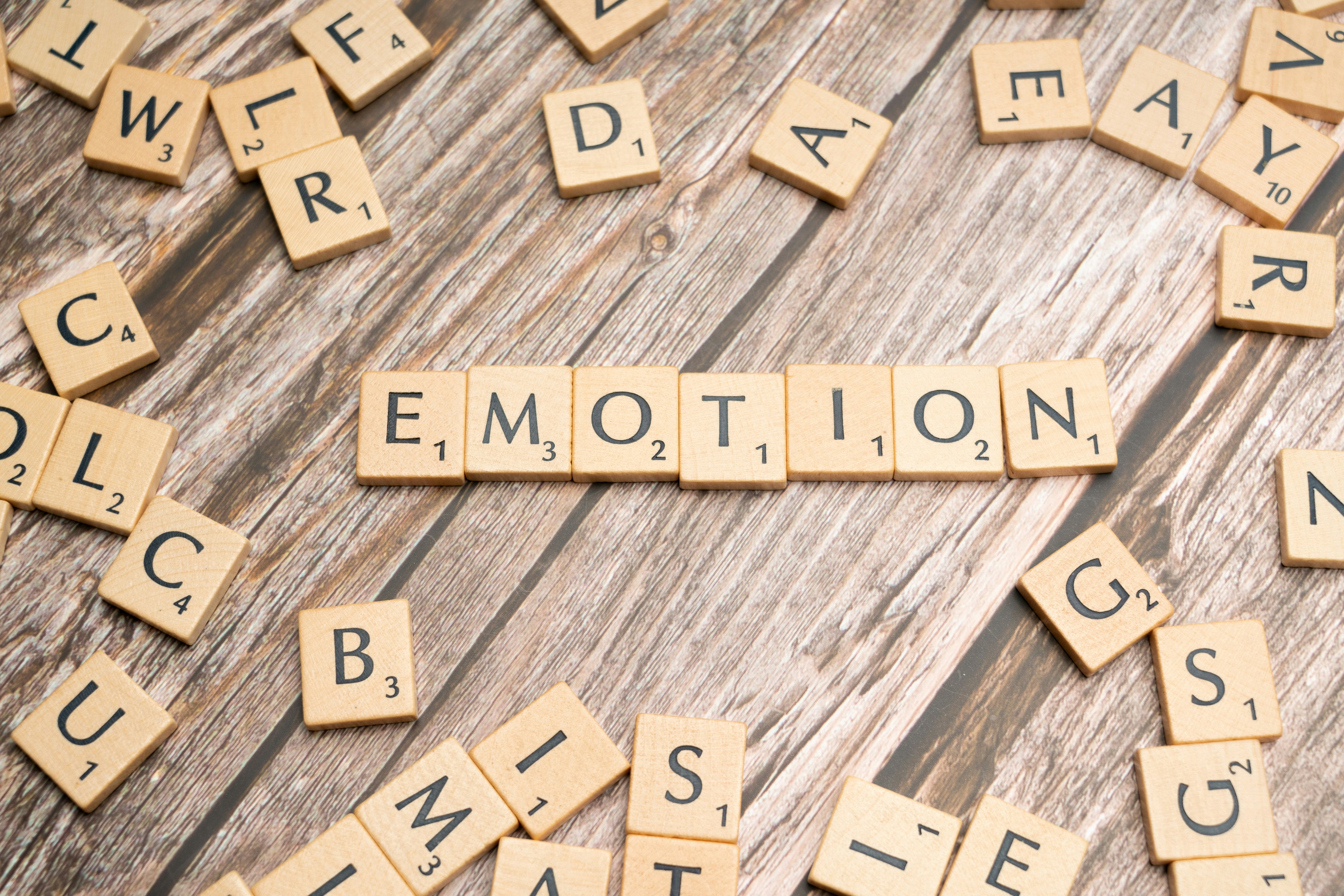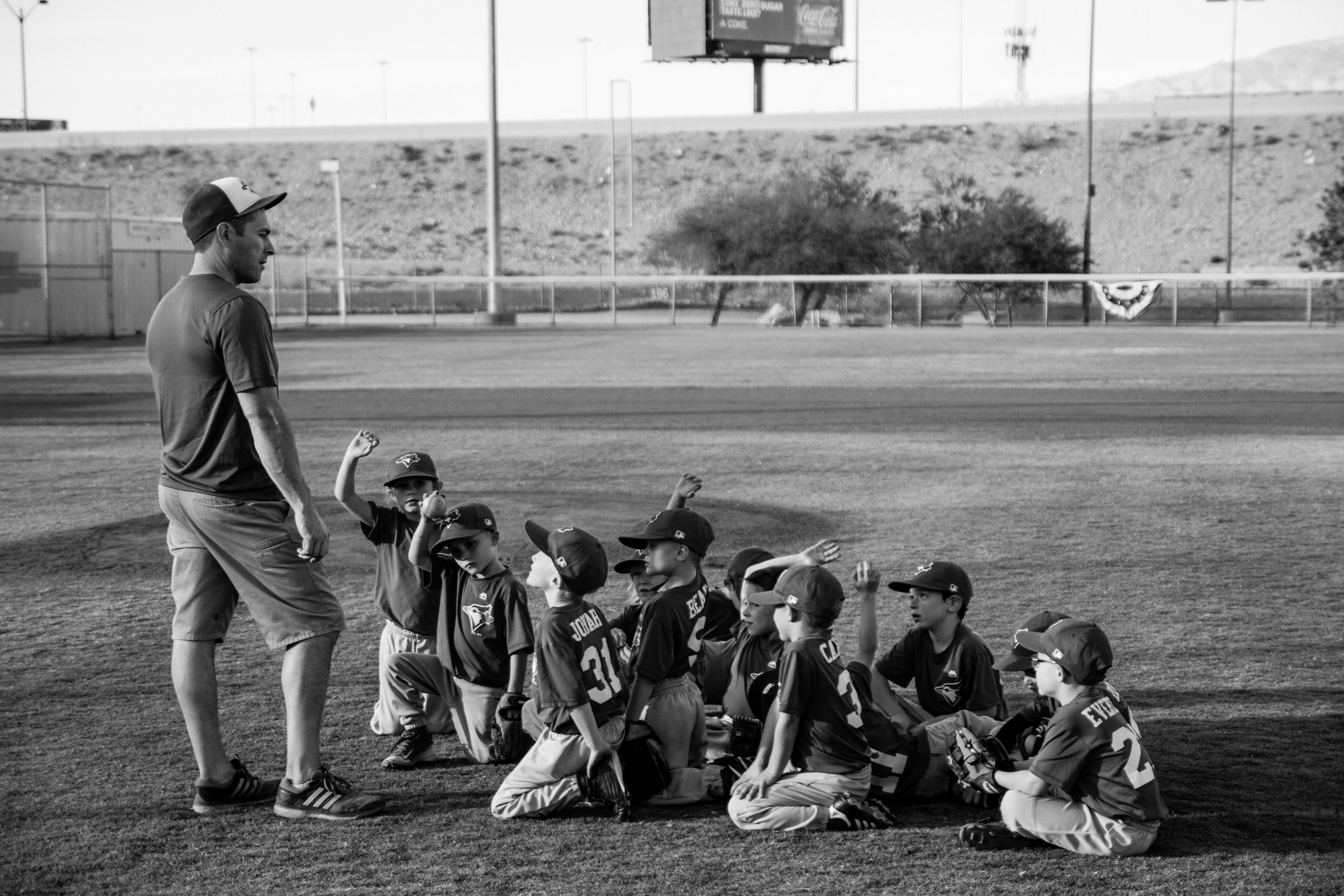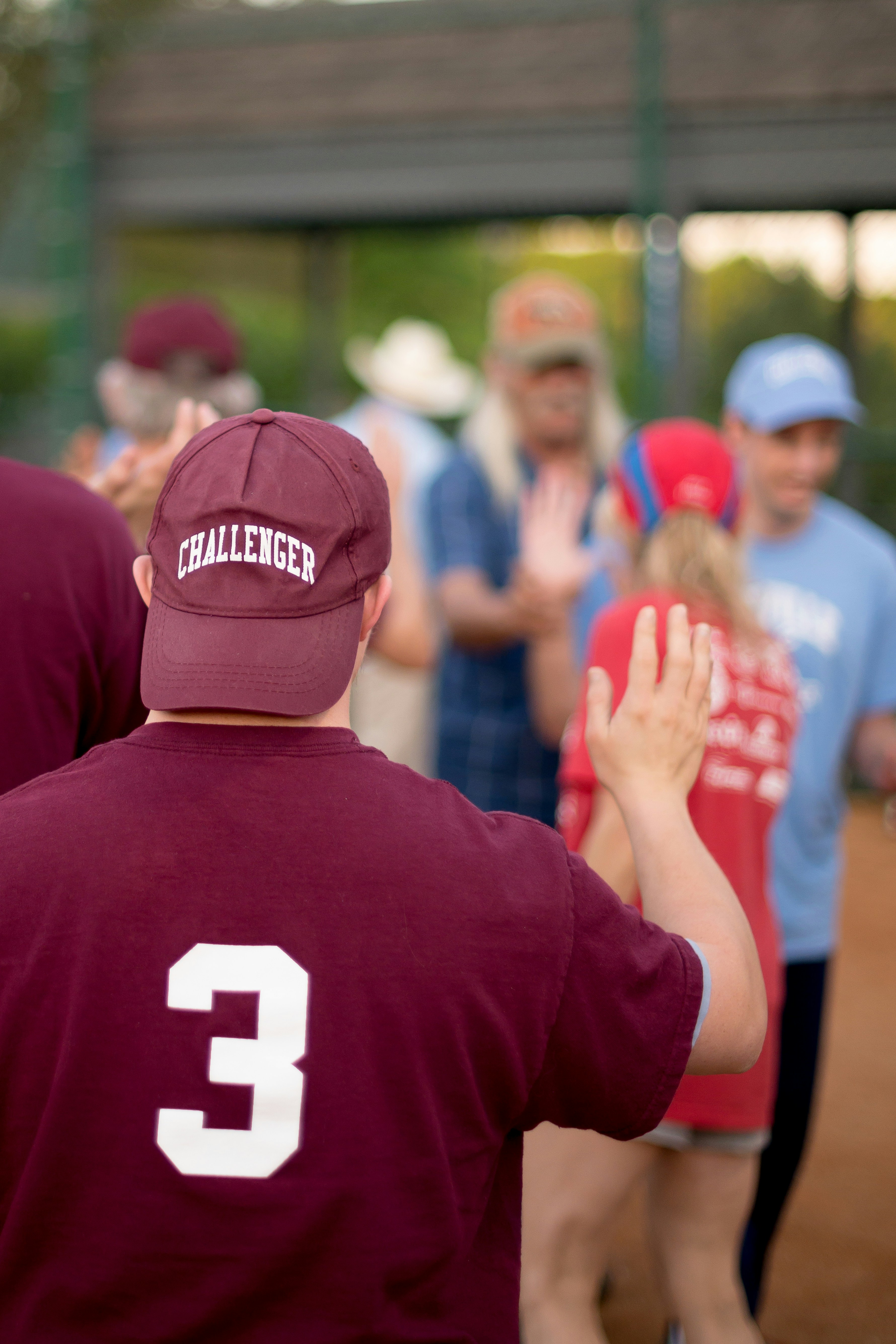Revolutionizing Athlete Performance: Virtual Reality and Mental Resilience
In today’s competitive sports landscape, the differentiation between consistent practice and outstanding performance has never been more critical. Athletes are continuously on the lookout for innovative techniques that can give them the mental edge necessary to succeed under pressure. One groundbreaking intervention gaining traction is virtual reality (VR) training. This technology not only fosters a unique training environment but is increasingly being recognized for its profound impact on enhancing athlete mental resilience. Let's dive into how VR is breaking barriers between practice and performance, transforming the way athletes think, train, and ultimately excel.
Understanding Mental Resilience in Sports
Mental resilience is defined as the capacity to maintain focus, composure, and performance levels amid challenges and stressors. In sports, this trait is paramount—a single momentary lapse can turn a seemingly predictable victory into an unanticipated defeat. The concept extends beyond mere toughness; it involves emotional regulation, self-confidence, and strategic thinking while under duress. Successful athletes possess a psychological toolkit that allows them to simulate their sports challenges, aiding in preparation for real-world competition.
Through the integration of VR training, athletes can engage with these mental scenarios in a controlled virtual environment, allowing them to practice responses to high-pressure situations repeatedly. The significance of heightened mental resilience cannot be understated; as highlighted in a study by the American Psychological Association, athletes exhibiting high mental resilience tend to perform better in critical moments, ultimately leading to improved performance metrics across the board.
How Virtual Reality Training Works
Virtual reality training essentially immerses athletes in computer-generated scenarios that replicate various aspects of their sport. These could range from practicing specific skills, like shooting in basketball, to experiencing entire game situations with varying levels of challenge and pressure. This immersion facilitates both skill and mental development.
The elements of VR training include:
- Realistic Replications: Athletes can experience scenarios tailored to their sport, allowing for realistic gameplay without the real-world stakes. This can involve facing virtual opponents or navigating complex game situations.
- Feedback Mechanisms: Instant feedback is often incorporated into VR systems, helping athletes understand what adjustments to make mid-training. This aligns perfectly with the idea of iterative learning and immediate performance enhancement.
- Controlled Environment: Athletes can manipulate various conditions (crowd noise, pressure situations) in a VR setting, preparing them mentally for similar challenges they might encounter during actual competitions.
The Evidence Backing VR’s Effectiveness
While the anecdotal evidence surrounding the benefits of VR in sports training is compelling, tangible research is emerging that supports its efficacy. For instance, research published in the Journal of Sports Sciences shows that athletes who incorporated VR training into their regimens displayed marked improvements in confidence and performance consistency.
Moreover, VR training fosters an improved understanding of spatial awareness and decision-making under pressure. Players engage in simulated plays that require split-second reactions, enhancing both cognitive and physical aspects of their game. A noteworthy example is the collaboration between Stanford University and several professional athletic programs, where VR exercises aimed specifically at mental resilience training have yielded promising results.
Bridging the Gap Between Practice and Performance
Traditionally, the transition from practice to competition presents challenges for many athletes. Despite rigorous training routines, racing against the clock or competing against formidable opponents can instill anxiety, impair focus, and diminish performance. Here’s where VR runs interception.
Simulation of High-Pressure Scenarios
VR allows athletes to rehearse stressful situations in non-threatening environments. For example, a baseball player could practice hitting under the virtual presence of a roaring crowd, replete with game-day pressure. Simulation helps the athlete’s mind and body adapt to high-stakes environments. This parallel preparation allows athletes to develop resilience and confidence, proving invaluable during real-life competitions.
Emotional Regulation Through VR
Incorporating mindfulness and emotional control exercises into VR training modules can further enhance mental acuity. For instance, a VR program might integrate guided breathing exercises to manage anxiety during simulated high-pressure events. Athletes can learn to recognize the physiological signals of stress and practice regulating their reactions in a controlled virtual space before facing real-world challenges.
Accelerating Skill Acquisition
By reinforcing the connection between the mental and physical aspects of the game, VR enhances skill acquisition and retention. As athletes repeat skills in the same simulated scenarios, they begin to intuitively organize their thoughts into effective strategies, fostering a seamless transition to actual performance. This concept ties into the work by experts in sports psychology highlighting the importance of cognitive rehearsal in performance enhancement.
The Role of Coaches in Integrating VR
As transformative as VR is, its real success lies in proper integration within an athlete’s training program. Coaches play a crucial role in facilitating this adoption. Here’s how they can harness VR as a powerful tool for athlete development:
Personalized VR Training Regimens
Not all athletes have the same needs. Coaches should work with sports psychologists and technology specialists to tailor VR experiences based on their athletes' unique challenges and strengths. For instance, one athlete might require mental resilience training focused on overcoming performance anxiety, while another might benefit from enhancing situational awareness.
Continuous Assessment and Feedback
Using VR allows coaches not only to assess an athlete's performance through data analytics but also to provide instantaneous feedback. By analyzing various metrics within the VR environment, coaches can pinpoint weaknesses and evolve training plans, ensuring athletes get the most out of their sessions.
Fostering a Growth Mindset
The integration of VR training encourages a growth mindset—promoting the understanding that skills can be developed through dedication and hard work. Coaches should create a culture where athletes feel encouraged to embrace failure as a learning opportunity, leading to increased resilience and ultimately, improved performance.
Changing the Game in Athletes' Lives
The advent of VR training is not simply about the enhancements it offers in terms of sports performance; it’s also about the potential shifts it brings to athletes’ mental well-being. Sports can take a toll on mental health, and breaking down the barriers through immersive training solutions provides a promising avenue for athletes dealing with the emotional weight of competition.
Creating a Fellowship in Sports
By utilizing VR, athletes can simulate team dynamics and experiences that foster camaraderie and understanding among team members. Through shared virtual training sessions, teams can build cohesion and resilience, tackling challenges together, mirroring the essential qualities they must possess in actual competition.
Revolutionizing Training Mentalities Across Levels
The importance of these training tools extends to youth sports and amateur levels as well. Incorporating VR not only paves the way for future champions but also nurtures a holistic understanding of the mental aspects of performance across various levels of athletics.
For more insights into the interdisciplinary influences on sports training and how technology bridges gaps in performance, check out this article on emotional analytics and AI's role in sports.
Next Steps for Athletes and Coaches
The landscape of sports training is evolving, but it requires proactive engagement from both coaches and athletes. Here are actionable steps to embrace this new era:
-
Investigate VR Options: Research and explore available VR training programs tailored for your sport. Partner with professionals to ensure proper implementation.
-
Engage with Sports Psychologists: Collaborate with psychologists to structure effective mental resilience training modules within VR.
-
Implement Regular Assessments: Continuously evaluate athlete progress through VR training data, making necessary adjustments in training regimens.
-
Create a Supportive Environment: Encourage team camaraderie through shared VR experiences, building not only skill but also trust and understanding.
-
Stay Updated: Follow research trends to ensure you are utilizing the latest advancements in VR technology. This field is evolving rapidly, and staying informed can give you a competitive advantage.
If you’re intrigued to learn more about the impact of innovative training methods, research our article on transforming local sports culture and the unsung heroes of the industry.
Final Thoughts
In conclusion, the incorporation of virtual reality as a training tool has vast implications for enhancing athlete mental resilience. By simulating high-pressure scenarios and providing athletes with a safe space to improve their skills and emotional regulation techniques, VR creates an environment beyond traditional training methods. This revolution not only better prepares athletes for competition but also fosters a culture of mental health awareness and camaraderie, redefining the standards of performance in sports.
As we move forward into an era where technology and athletics intertwine more deeply than ever before, embracing VR training could well be the key to unlocking the full potential of an athlete’s performance.
